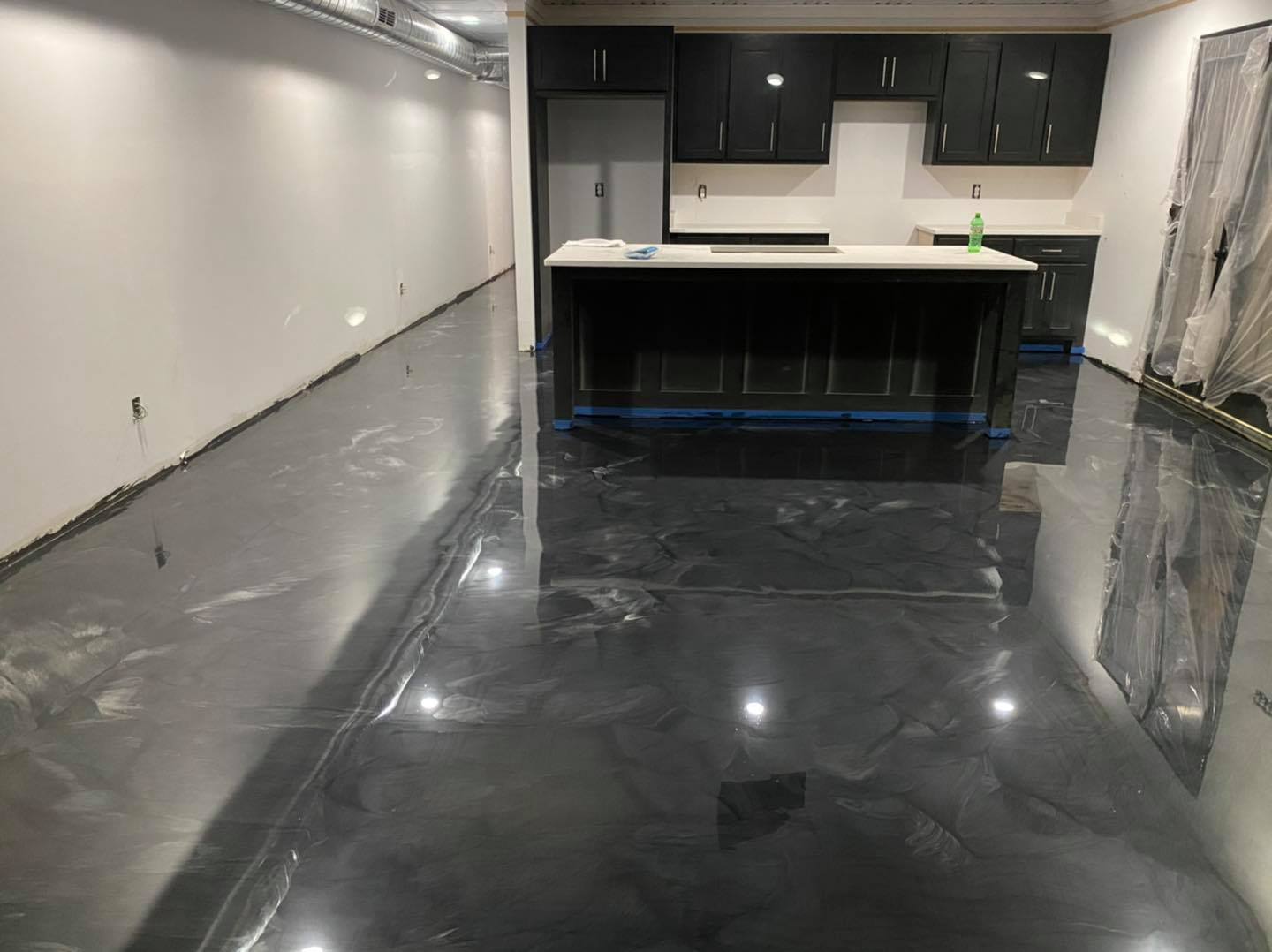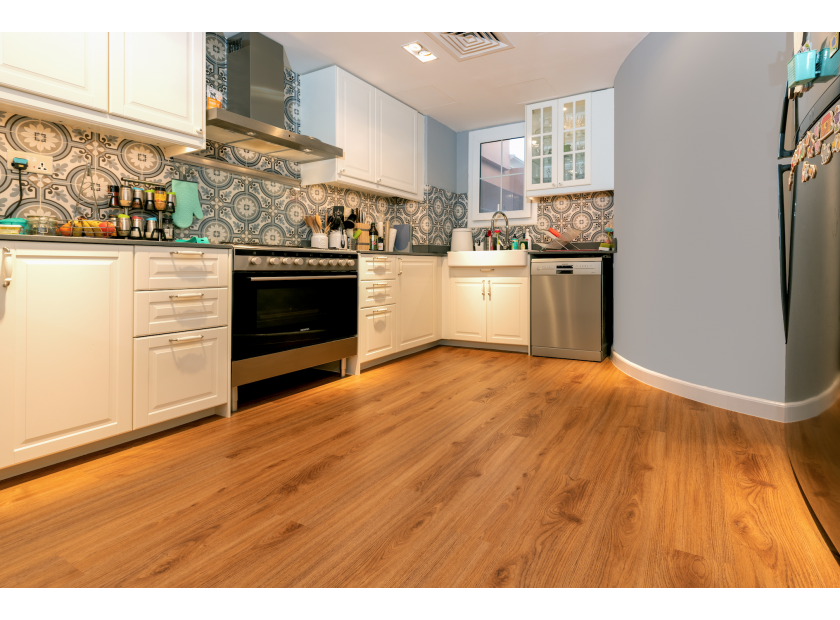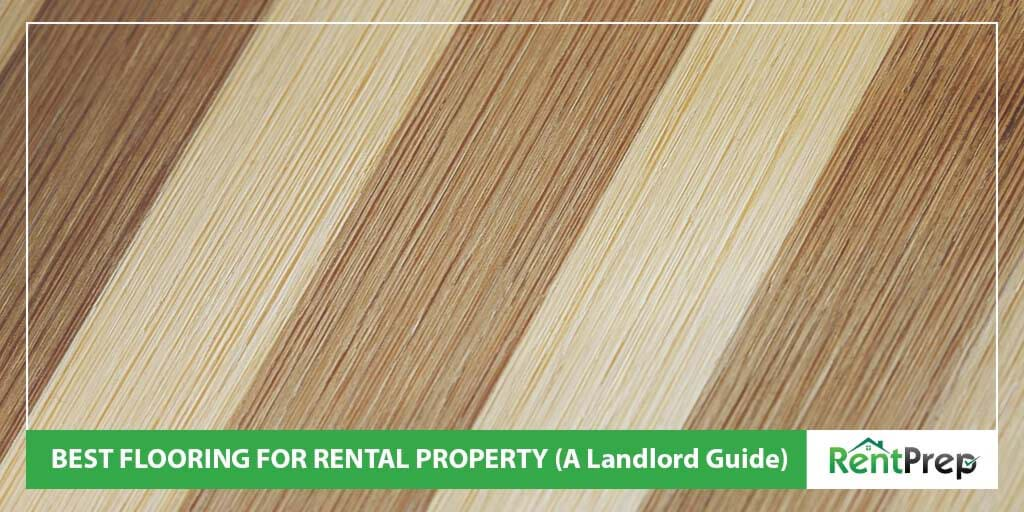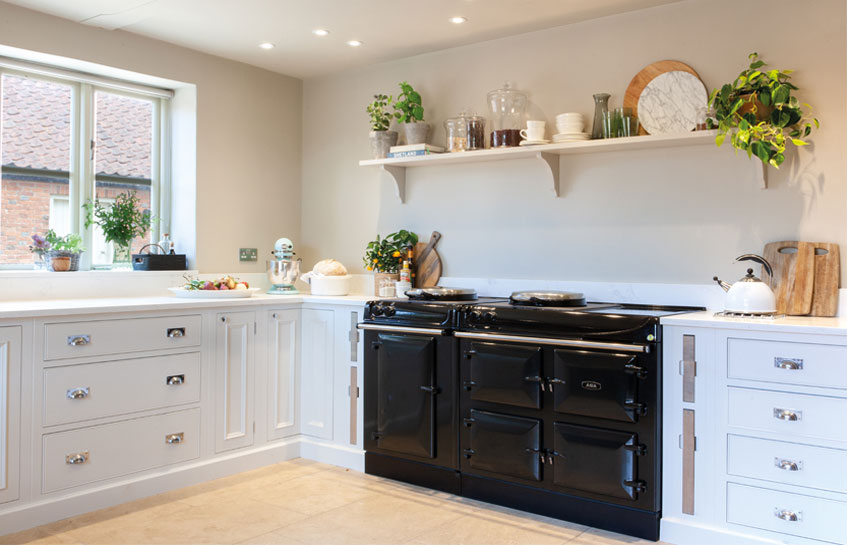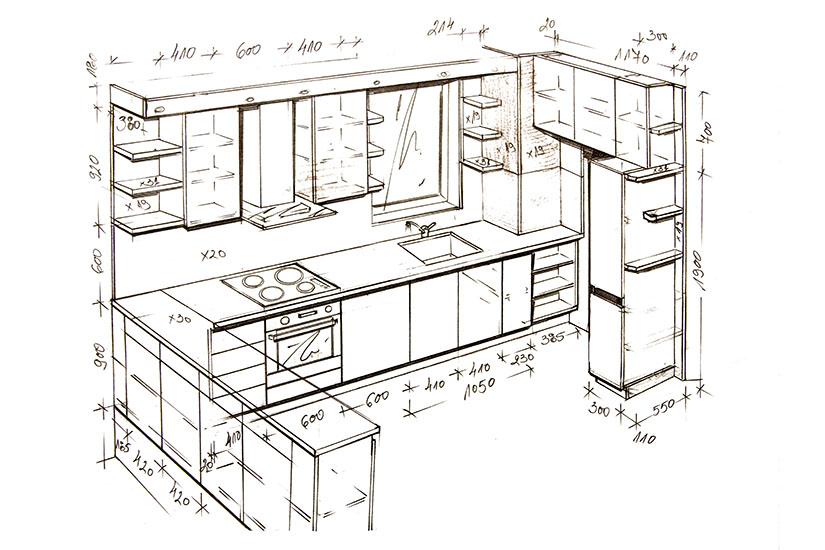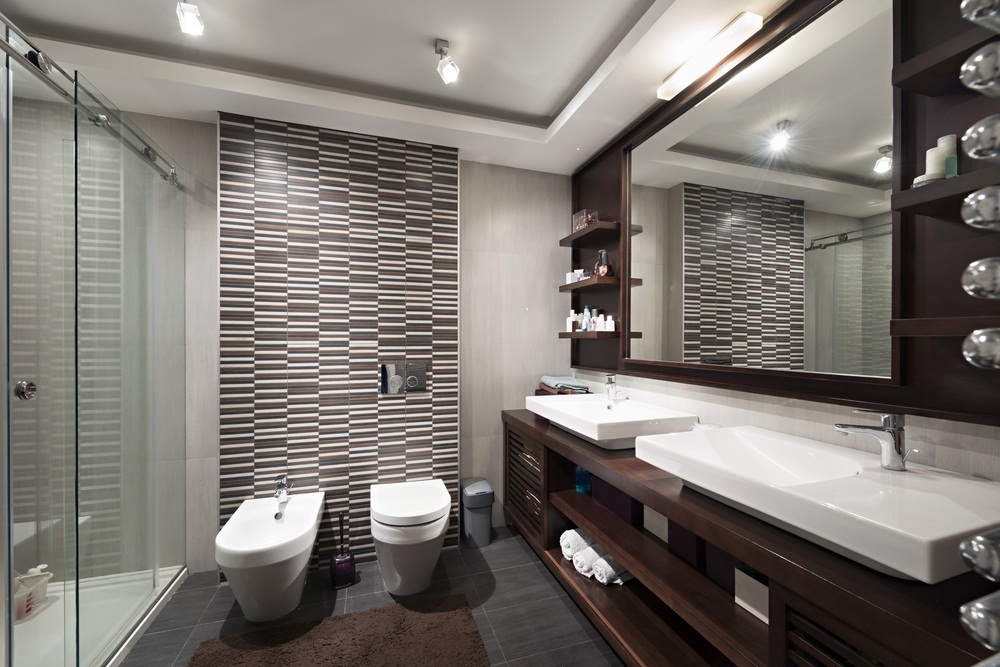When it comes to designing your kitchen, the layout is the foundation of the entire space. It determines the flow, functionality, and efficiency of your kitchen. The most common kitchen layouts include the U-shaped, L-shaped, galley, and open-concept designs. When choosing a layout, consider the size and shape of your kitchen, as well as your personal preferences. A well-planned kitchen layout can make all the difference in creating a space that is both beautiful and practical.1. Kitchen Layout Basics
The color scheme you choose for your kitchen can greatly impact the overall look and feel of the space. Bright and bold colors can add a pop of energy and personality, while neutral tones create a more calming and timeless atmosphere. When selecting colors for your kitchen, consider the lighting, cabinetry, and other elements in the space. You can also use color to highlight specific features or create a cohesive look throughout the kitchen.2. Color Schemes for Kitchen Design
Kitchen cabinets are not only essential for storage, but they also play a significant role in the design of your kitchen. When selecting cabinets, consider the style, material, and finish. From classic wood cabinets to modern sleek designs, there is a wide range of options to choose from. It's essential to find cabinets that not only fit your design aesthetic but also provide enough storage for all your kitchen needs.3. Choosing the Right Kitchen Cabinets
Lighting is crucial in any kitchen design, as it can affect the mood, functionality, and safety of the space. A combination of task, ambient, and accent lighting is typically used in kitchens to provide both functionality and ambiance. When planning your kitchen lighting, consider the placement, type of light fixtures, and the level of brightness needed for different areas. Proper lighting can make a significant difference in the overall look and functionality of your kitchen.4. Essential Kitchen Lighting Tips
Small kitchens can present a challenge when it comes to storage, but with the right design and organization, you can maximize the space you have. Utilize vertical space by installing tall cabinets or adding shelves above countertops. Incorporate pull-out drawers and organizers to make the most of your cabinets. Utilize the space under the sink and corners with specialized storage solutions. With a bit of creativity and strategic planning, you can make even the smallest kitchen feel spacious and organized.5. Maximizing Storage in a Small Kitchen
Countertops are not only functional but also a significant design element in your kitchen. There are various materials to choose from, such as granite, quartz, marble, and butcher block. Each material has its own unique characteristics, so it's essential to consider your lifestyle and needs when making a decision. Factors such as durability, maintenance, and budget should also be taken into account. The right countertop material can elevate the style and functionality of your kitchen.6. Selecting the Perfect Countertop Material
In addition to being aesthetically pleasing, a kitchen should also be functional and practical. This means incorporating design elements that make cooking, cleaning, and organizing easier. Consider adding a kitchen island for extra prep space or a breakfast bar for casual meals. Incorporate enough counter space for food preparation and storage space for frequently used items. The key is to find a balance between style and functionality for a truly efficient kitchen.7. Incorporating Functional Kitchen Design
A cohesive kitchen design means that all elements in the space work together harmoniously. This includes the color scheme, materials, and decor. When selecting materials and finishes, make sure they complement each other and create a cohesive look. The same goes for decor, whether it's through matching colors or a common theme. A cohesive design will create a visually appealing and well-put-together kitchen.8. Creating a Cohesive Kitchen Design
The flooring in your kitchen not only has to withstand heavy foot traffic but also spills and stains. It's essential to choose a material that is both durable and easy to clean. From hardwood to tile to vinyl, there are many options to choose from. Consider the overall style of your kitchen when selecting flooring, as it can greatly impact the overall look and feel of the space.9. The Importance of Kitchen Flooring
Lastly, don't be afraid to add your own personal touches to your kitchen design. This can be through decor, such as artwork or plants, or by incorporating sentimental items into the space. Adding personal touches will make your kitchen feel unique and truly yours. It's also a great way to inject some personality into the space and make it feel more inviting.10. Adding Personal Touches to Your Kitchen Design
Creating a Functional Kitchen Design

Maximizing Storage Space
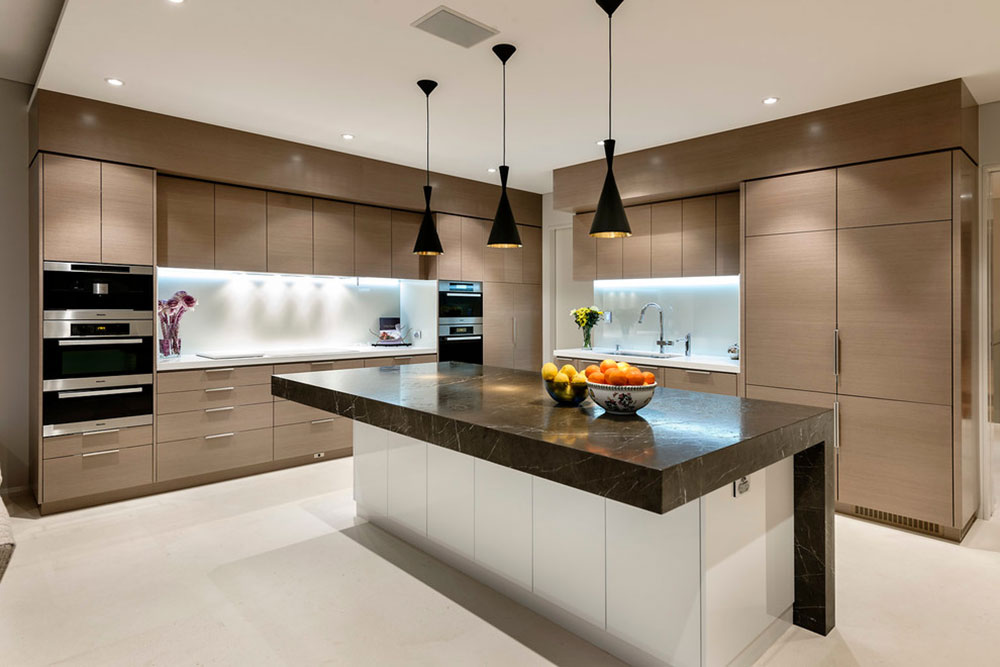 When it comes to designing a kitchen, one of the most important factors to consider is storage space. A cluttered and disorganized kitchen can make cooking and meal prep a frustrating experience. To avoid this, it's essential to have a well-planned storage system in place.
Utilizing vertical space is key in maximizing storage in a kitchen.
This can include installing tall cabinets or shelves, using hooks or racks for pots and pans, and investing in a kitchen island with built-in storage. Additionally,
consider dual-function furniture or appliances
such as a table with hidden storage compartments or a stove with a built-in oven to save space. By
strategically utilizing every inch of space in your kitchen,
you can keep clutter at bay and have a more functional and organized cooking area.
When it comes to designing a kitchen, one of the most important factors to consider is storage space. A cluttered and disorganized kitchen can make cooking and meal prep a frustrating experience. To avoid this, it's essential to have a well-planned storage system in place.
Utilizing vertical space is key in maximizing storage in a kitchen.
This can include installing tall cabinets or shelves, using hooks or racks for pots and pans, and investing in a kitchen island with built-in storage. Additionally,
consider dual-function furniture or appliances
such as a table with hidden storage compartments or a stove with a built-in oven to save space. By
strategically utilizing every inch of space in your kitchen,
you can keep clutter at bay and have a more functional and organized cooking area.
Pay Attention to Layout
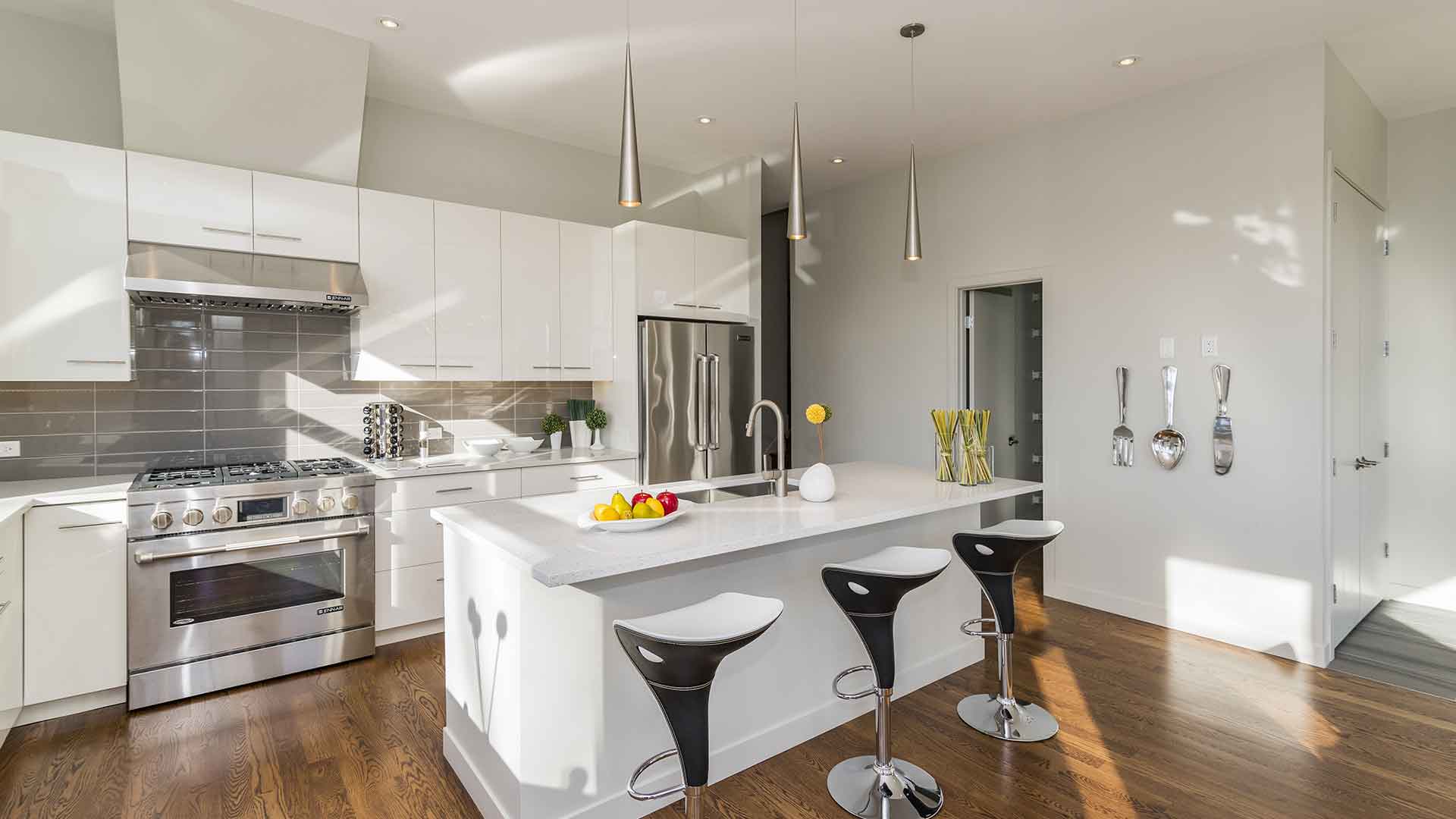 The layout of your kitchen also plays a crucial role in its functionality. The
three main kitchen layouts are U-shaped, L-shaped, and galley.
Each layout has its benefits and is suitable for different kitchen sizes and shapes. For larger kitchens, the U-shaped and L-shaped layouts are ideal as they provide ample counter space and room for a kitchen island.
The galley layout, on the other hand, is great for smaller kitchens as it maximizes the use of wall space and creates a more efficient work triangle between the sink, stove, and fridge.
It's essential to consider the layout carefully to ensure that your kitchen flows well and makes it easy to move around and work in.
The layout of your kitchen also plays a crucial role in its functionality. The
three main kitchen layouts are U-shaped, L-shaped, and galley.
Each layout has its benefits and is suitable for different kitchen sizes and shapes. For larger kitchens, the U-shaped and L-shaped layouts are ideal as they provide ample counter space and room for a kitchen island.
The galley layout, on the other hand, is great for smaller kitchens as it maximizes the use of wall space and creates a more efficient work triangle between the sink, stove, and fridge.
It's essential to consider the layout carefully to ensure that your kitchen flows well and makes it easy to move around and work in.
Choosing the Right Materials
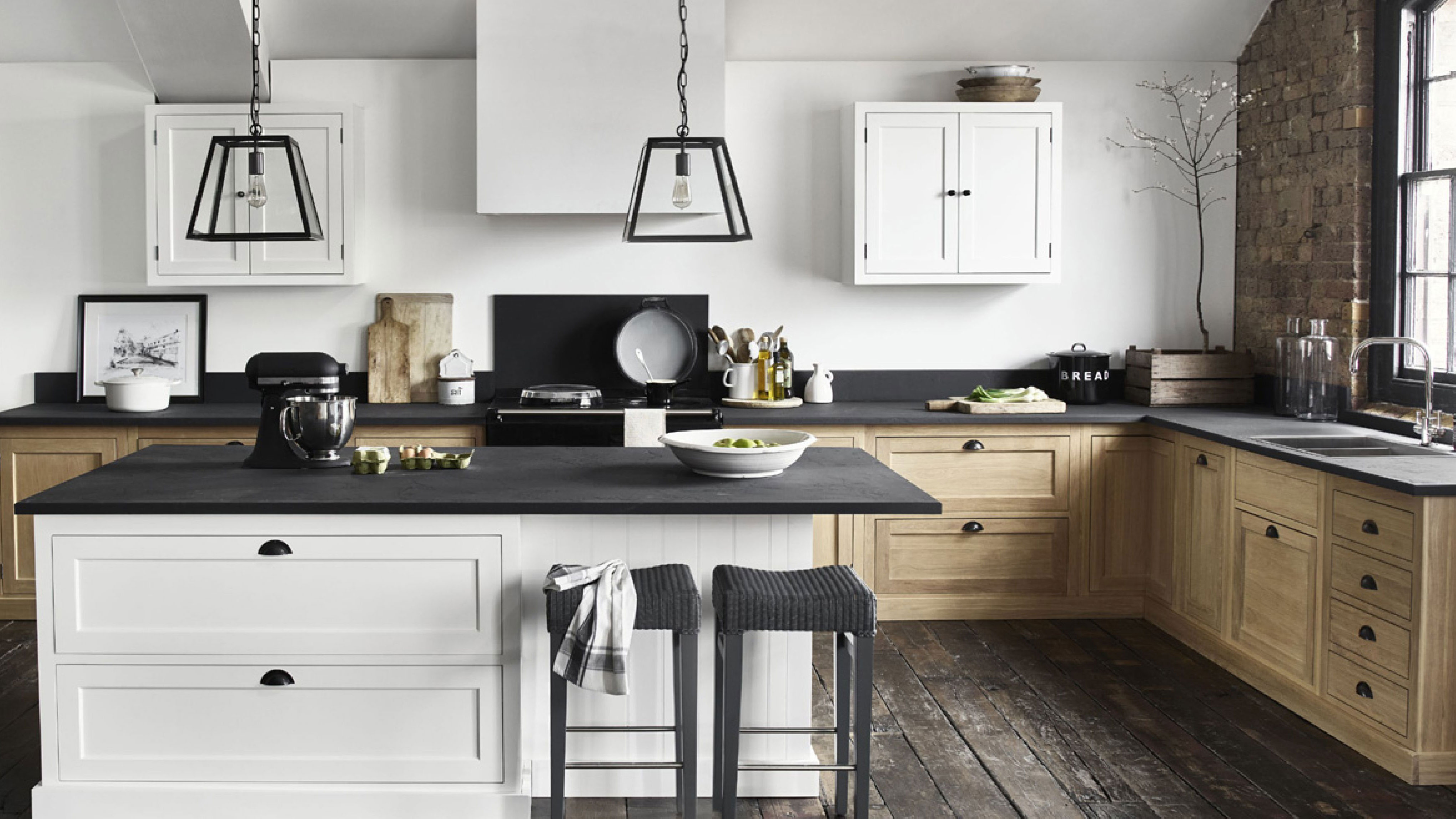 In addition to functionality, the materials used in your kitchen design can also greatly affect its overall look and feel.
When choosing materials for your kitchen, consider durability, ease of maintenance, and visual appeal.
For example,
granite or quartz countertops are not only visually appealing but also durable and easy to clean.
Additionally,
opt for high-quality, sturdy materials for cabinets and hardware that can withstand daily use and wear.
It's also important to consider the color and finish of materials to ensure they complement the overall design aesthetic of your kitchen.
In conclusion, creating a functional kitchen design requires careful planning and consideration. By maximizing storage space, paying attention to layout, and choosing the right materials, you can create a kitchen that not only looks great but also meets your practical needs.
Remember to think outside the box and get creative with your design to make the most out of your kitchen space.
With these tips in mind, you can have a well-designed and functional kitchen that will make cooking and meal prep a more enjoyable experience.
In addition to functionality, the materials used in your kitchen design can also greatly affect its overall look and feel.
When choosing materials for your kitchen, consider durability, ease of maintenance, and visual appeal.
For example,
granite or quartz countertops are not only visually appealing but also durable and easy to clean.
Additionally,
opt for high-quality, sturdy materials for cabinets and hardware that can withstand daily use and wear.
It's also important to consider the color and finish of materials to ensure they complement the overall design aesthetic of your kitchen.
In conclusion, creating a functional kitchen design requires careful planning and consideration. By maximizing storage space, paying attention to layout, and choosing the right materials, you can create a kitchen that not only looks great but also meets your practical needs.
Remember to think outside the box and get creative with your design to make the most out of your kitchen space.
With these tips in mind, you can have a well-designed and functional kitchen that will make cooking and meal prep a more enjoyable experience.



/One-Wall-Kitchen-Layout-126159482-58a47cae3df78c4758772bbc.jpg)
/ModernScandinaviankitchen-GettyImages-1131001476-d0b2fe0d39b84358a4fab4d7a136bd84.jpg)

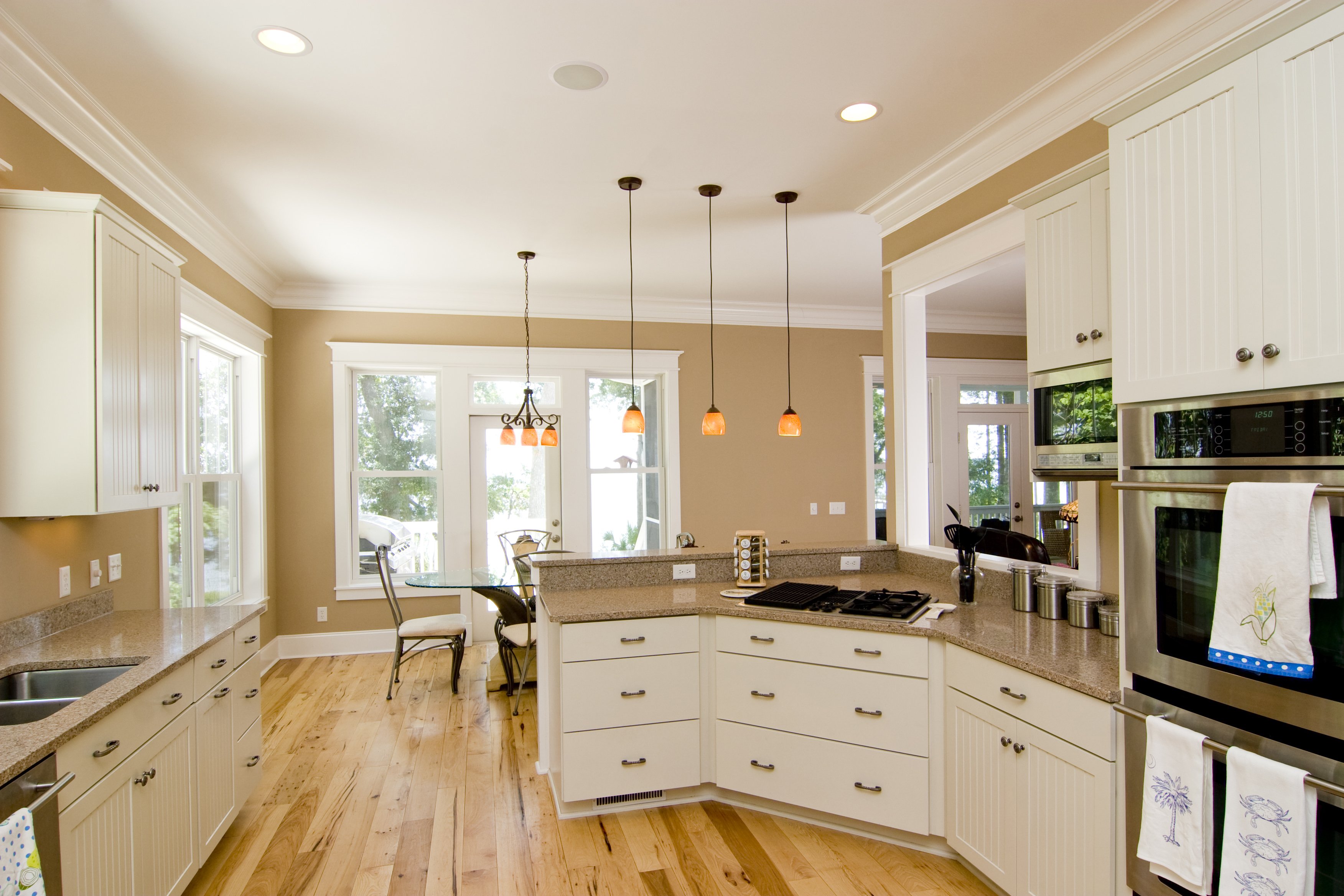
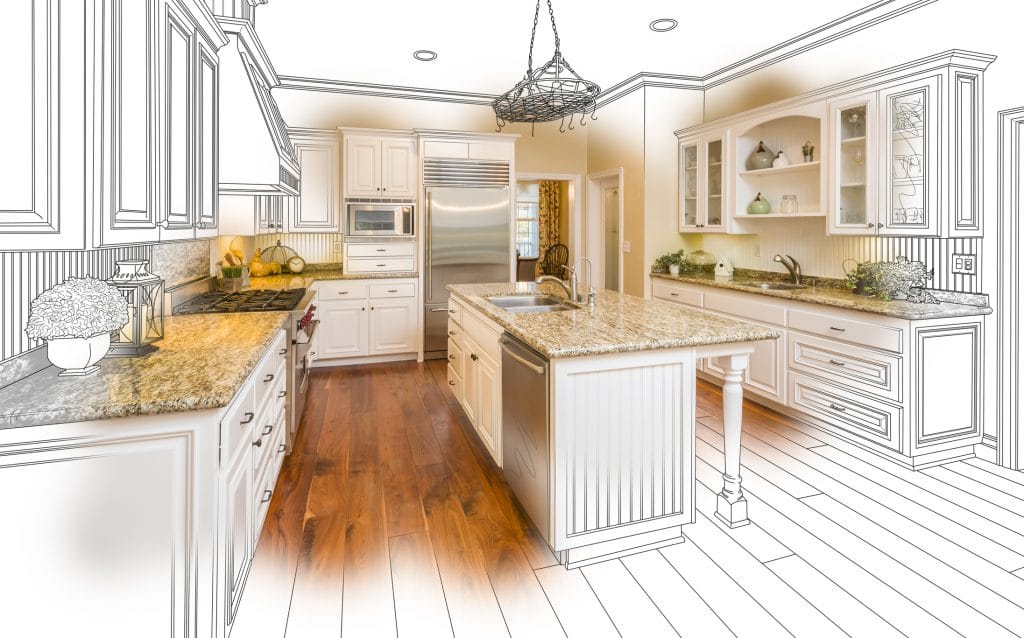




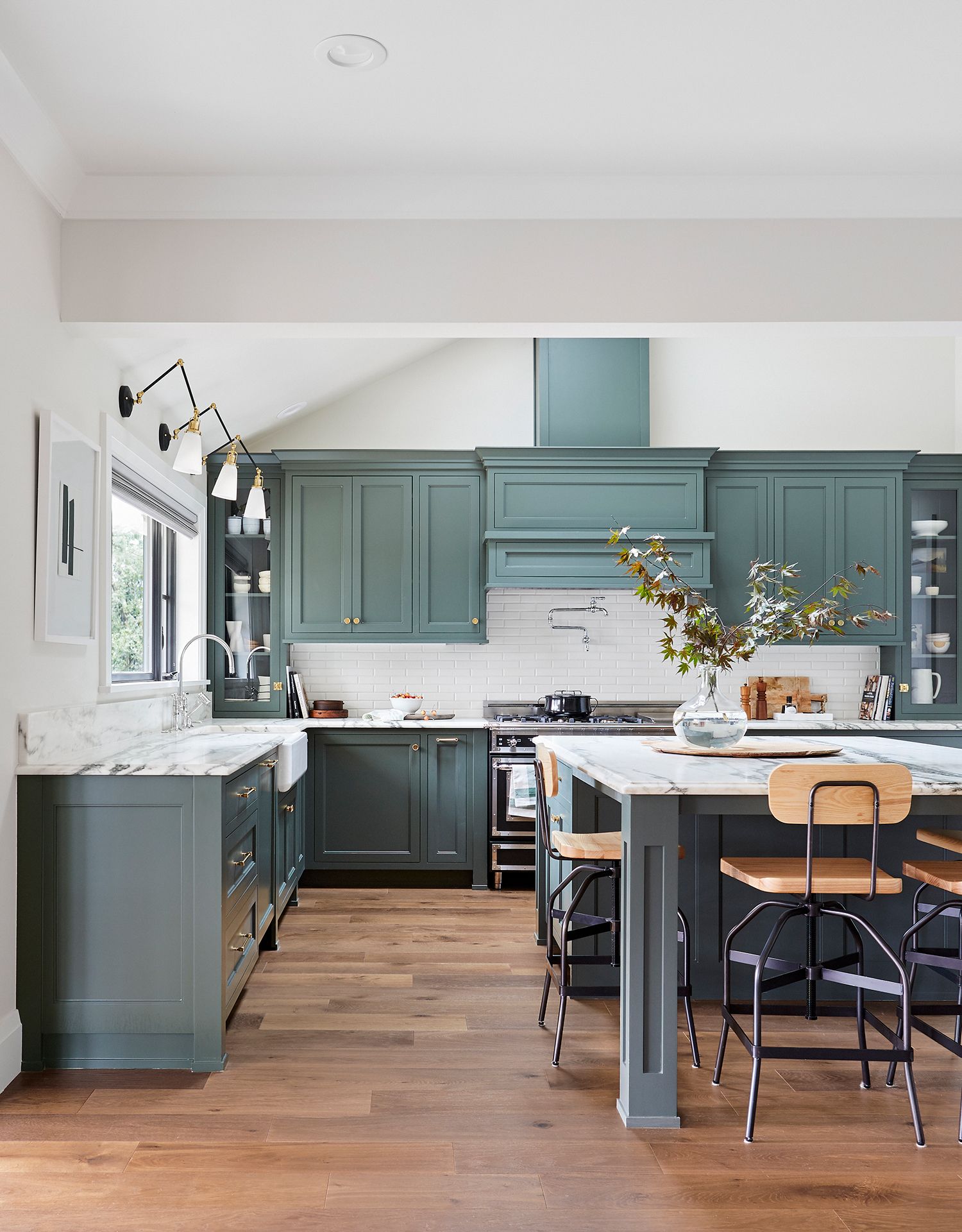
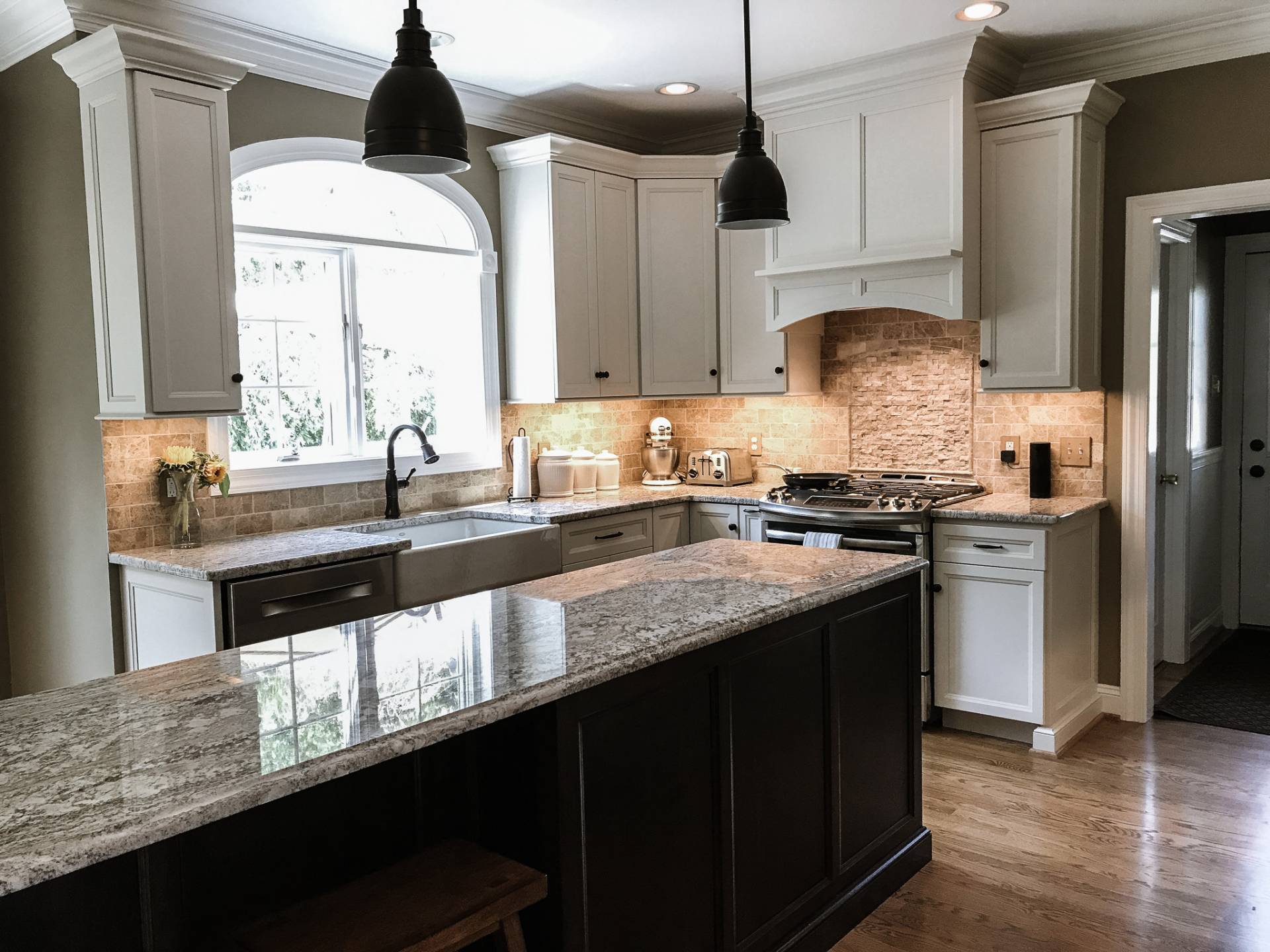
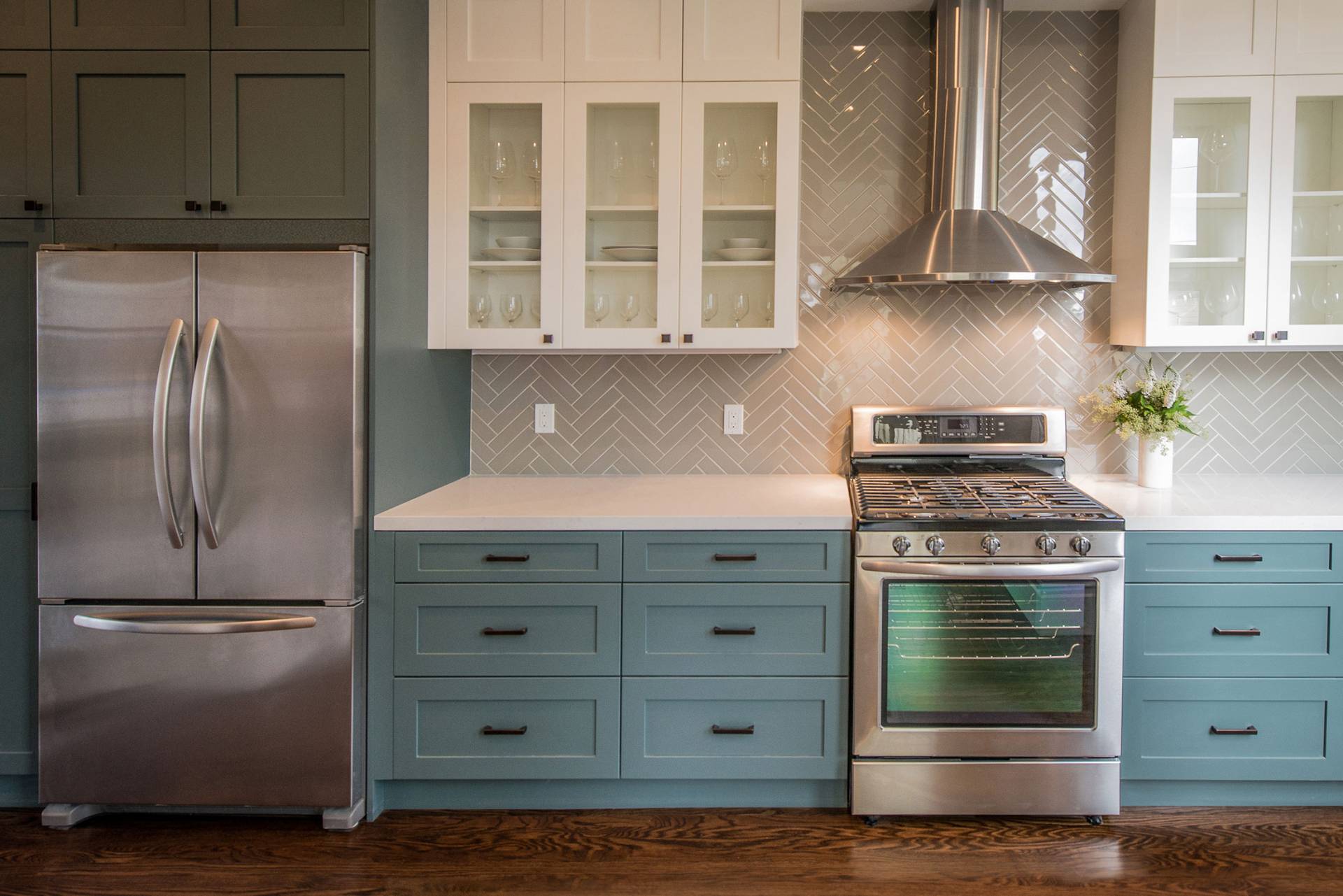

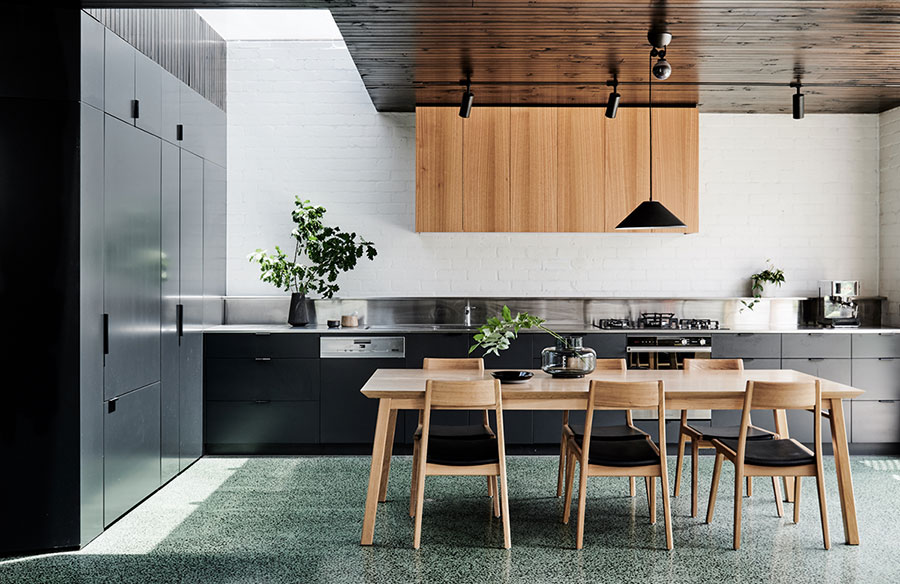

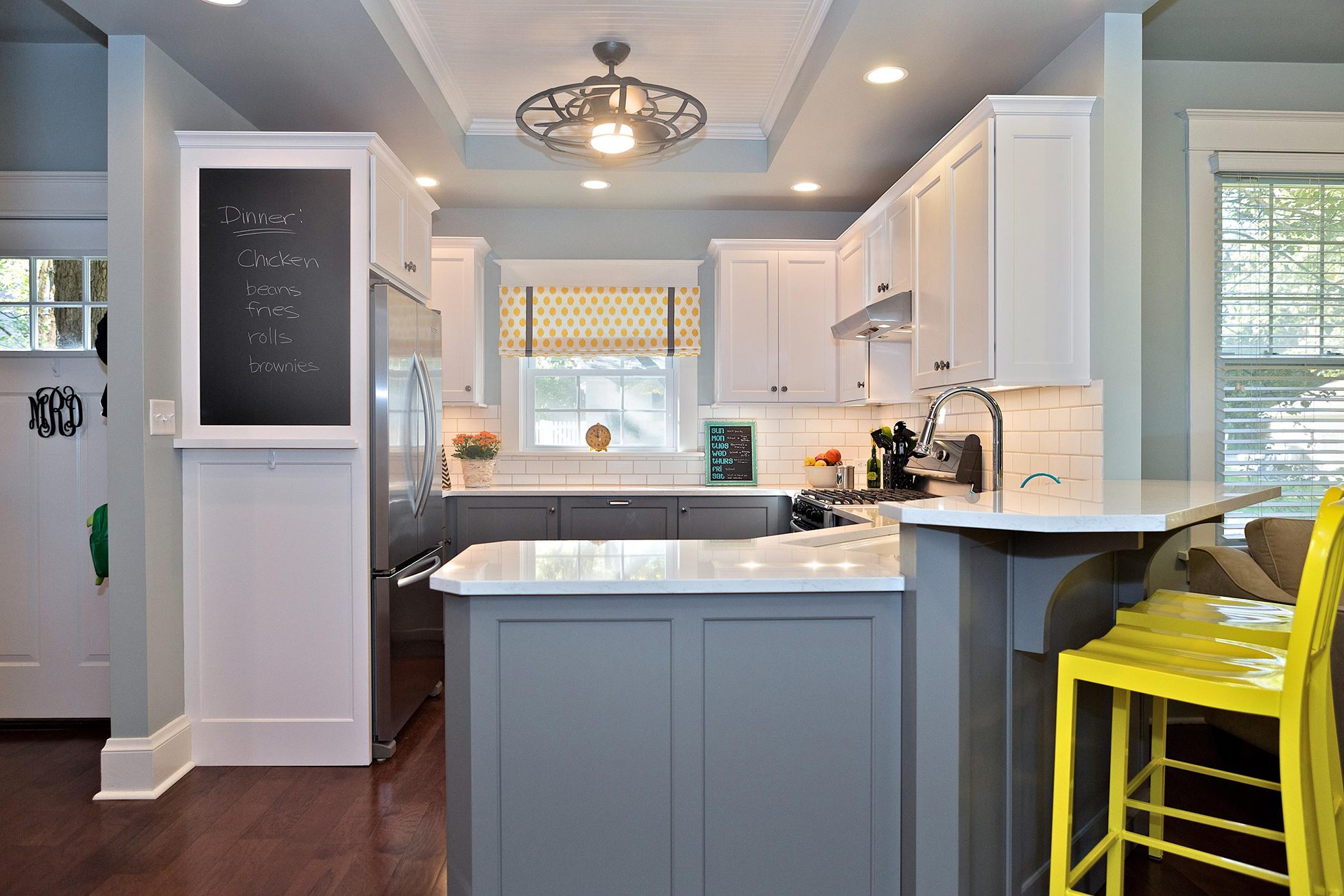
/Myth_Kitchen-56a192773df78cf7726c1a16.jpg)


:max_bytes(150000):strip_icc()/super-easy-kitchen-color-ideas-3960440-hero-a23104471e6544378714cf4eac5f808f.jpg)

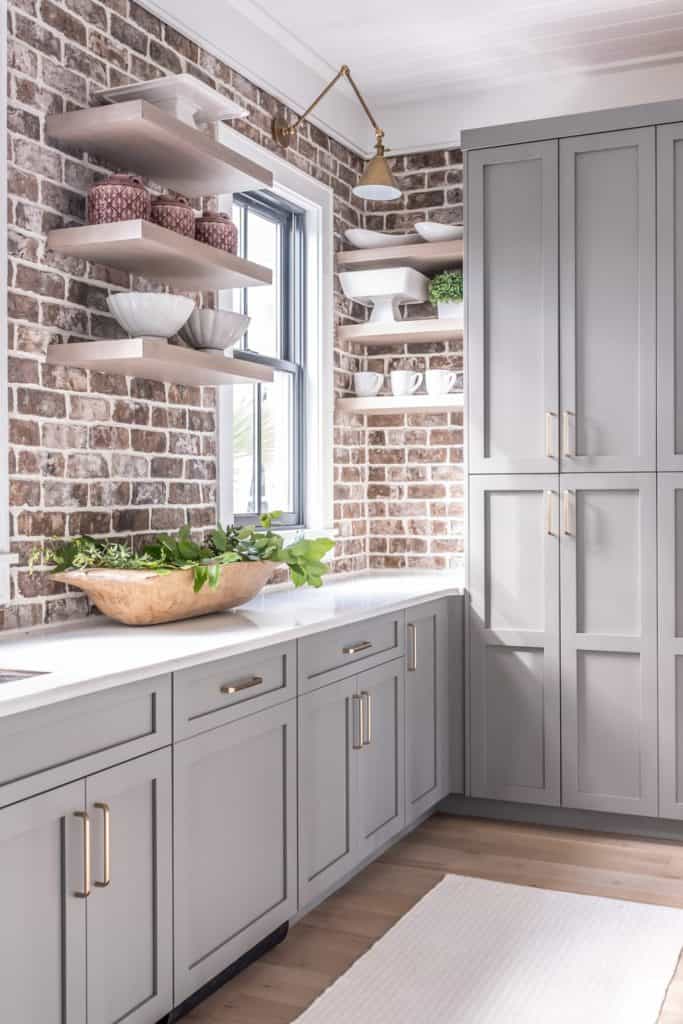


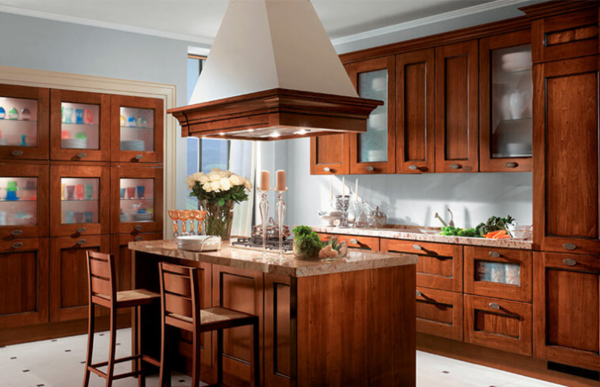
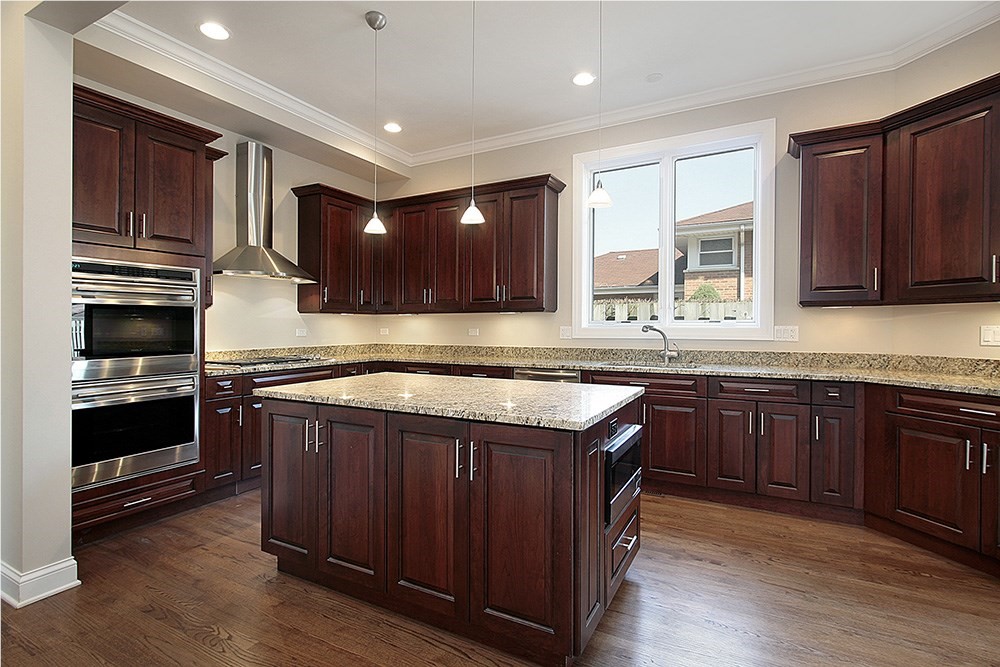

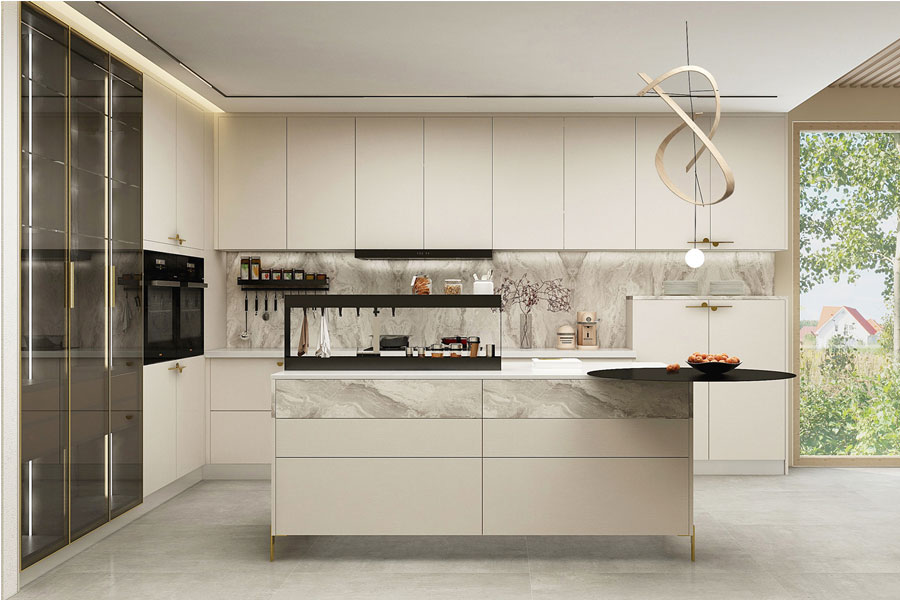
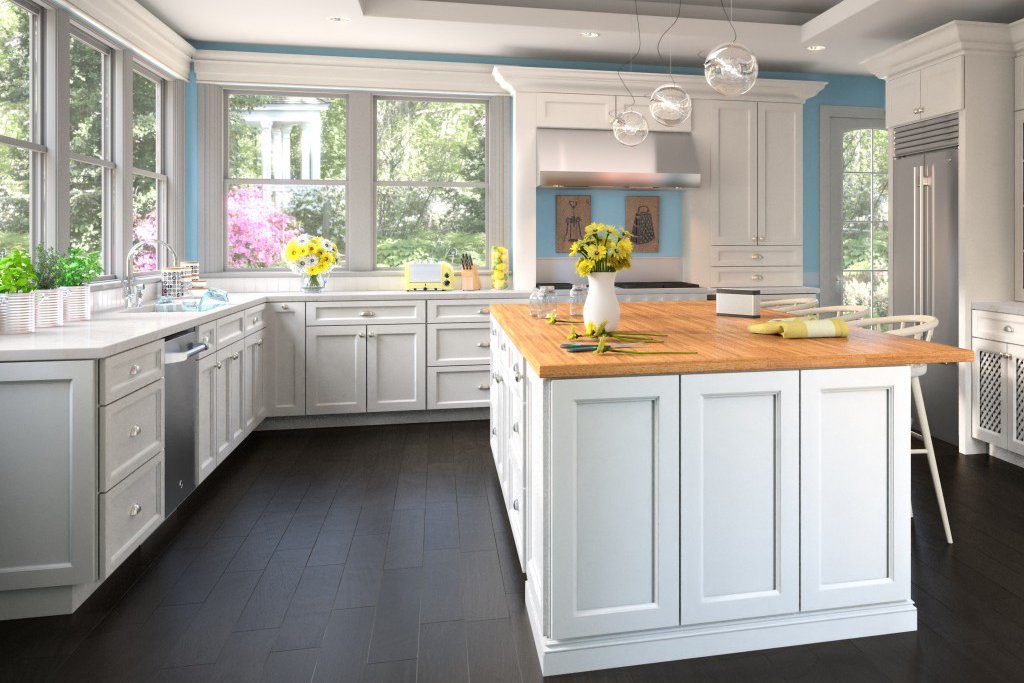
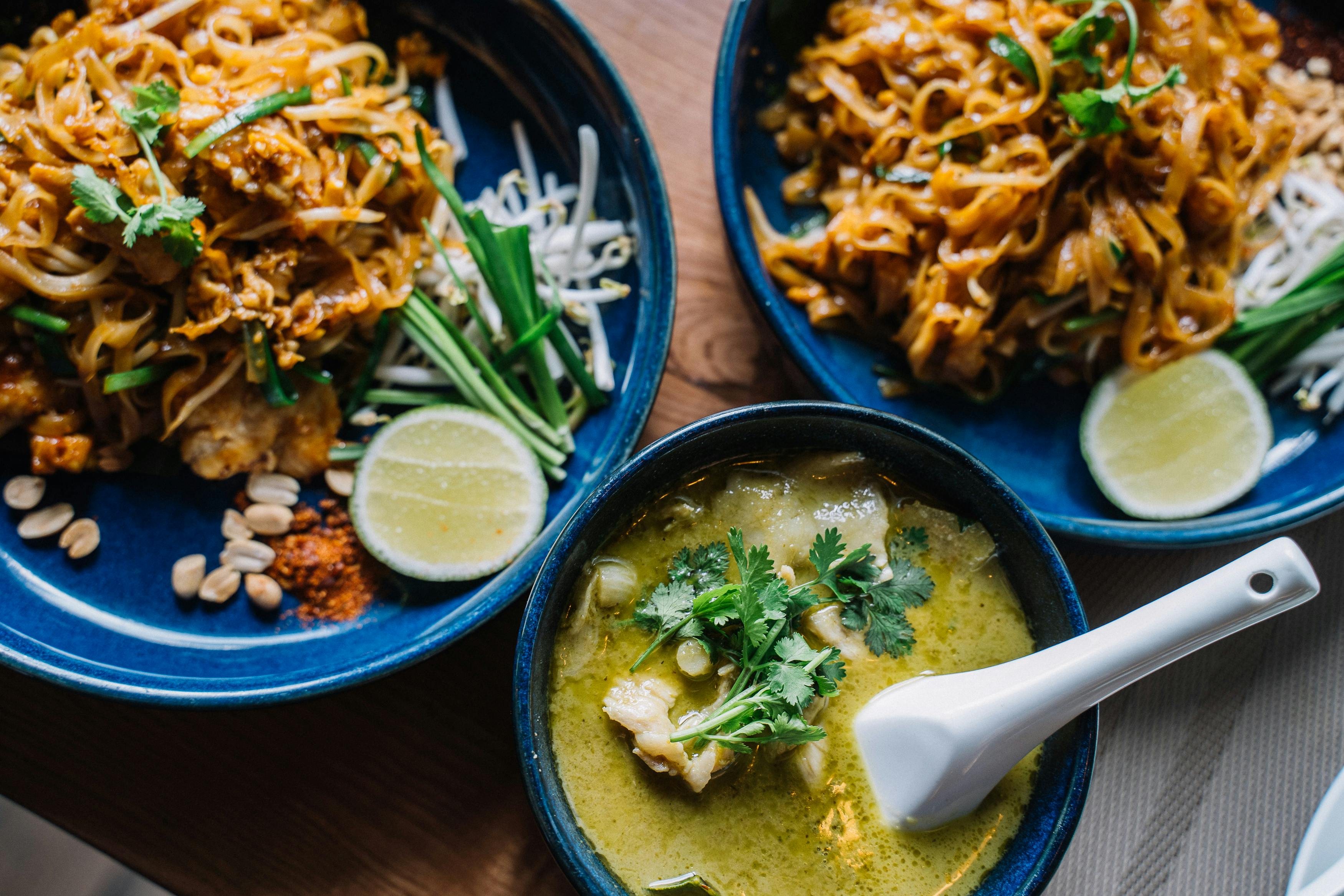
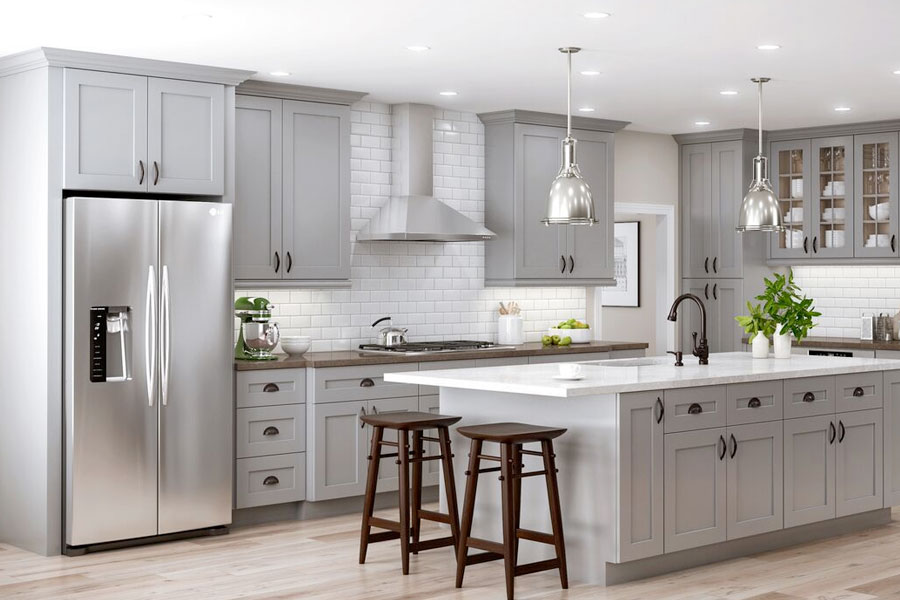








:max_bytes(150000):strip_icc()/CBishoplighting-fb9ceb49d2514fd4991e7ea784e30c5b.jpg)


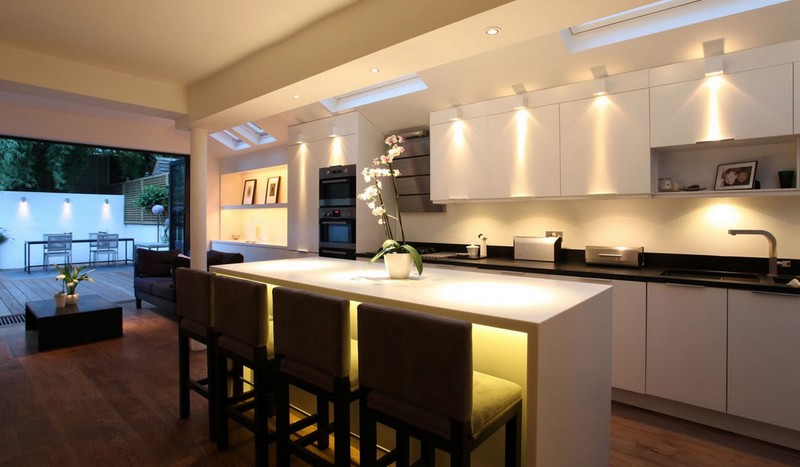
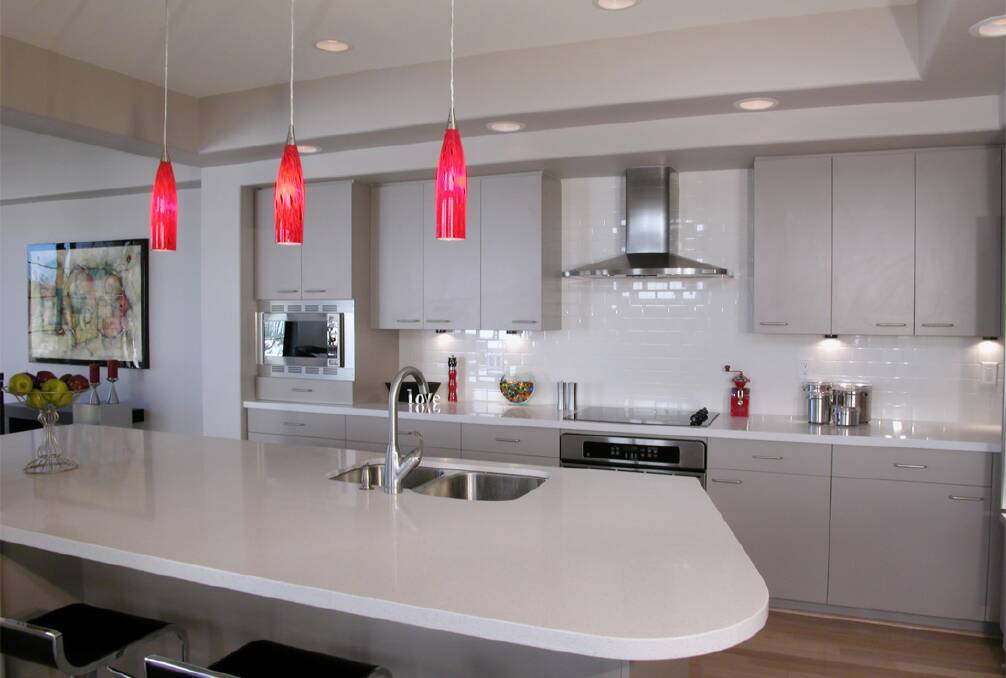





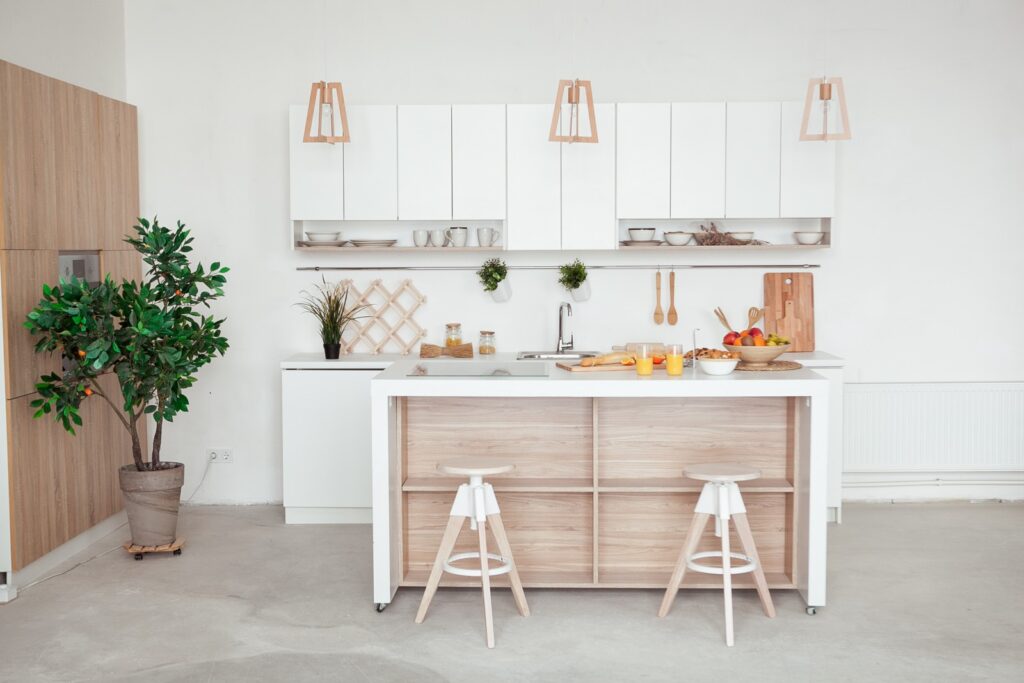

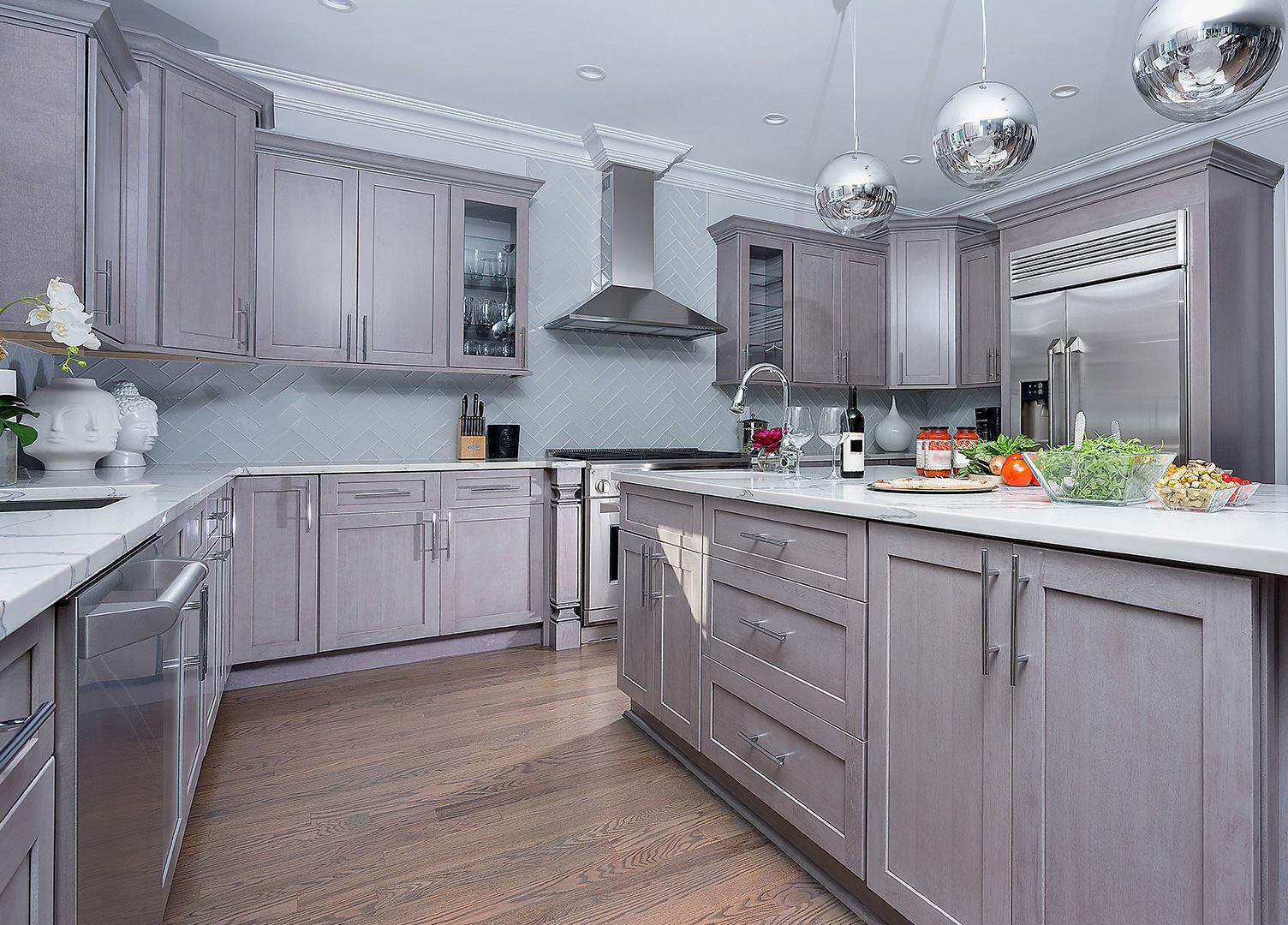
:max_bytes(150000):strip_icc()/GettyImages-1398693405-ab1afd6b3c3b41bc990a812e5381d746.jpg)
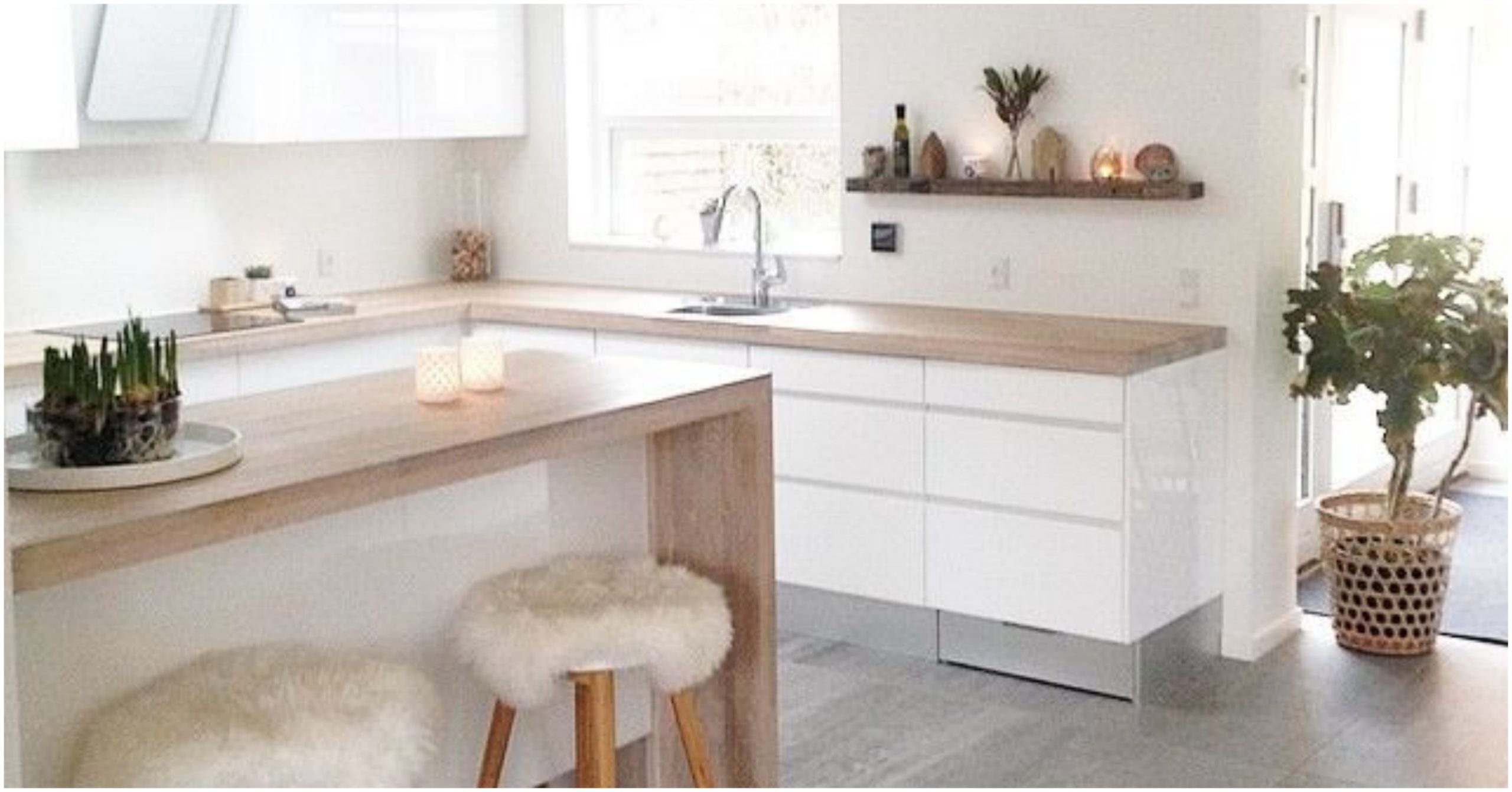

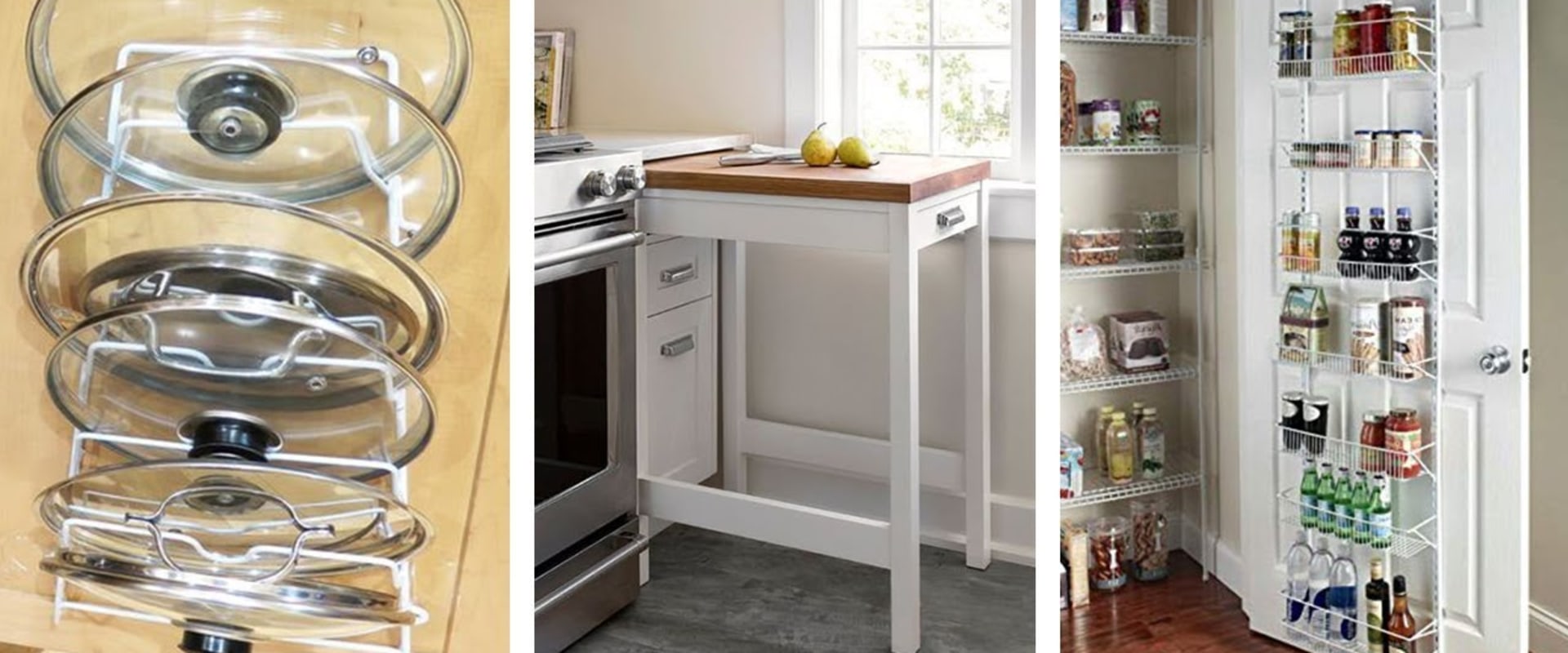
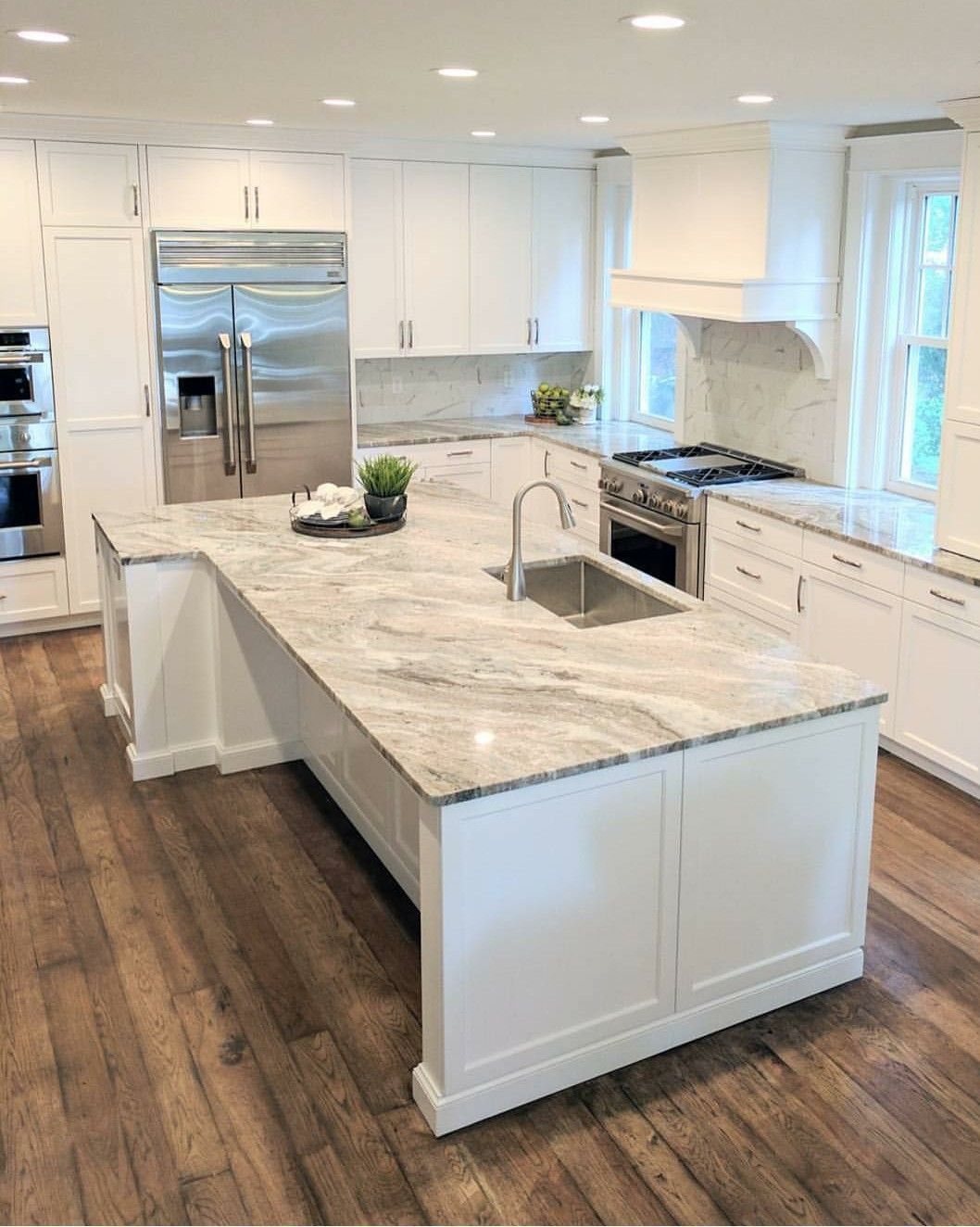


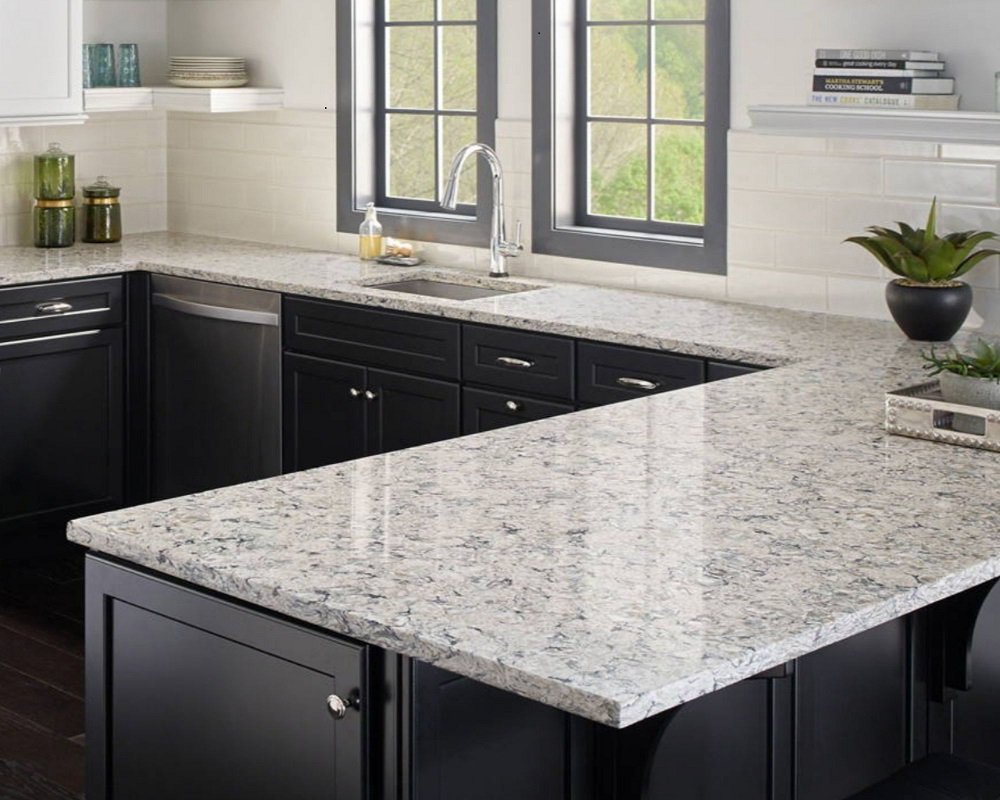


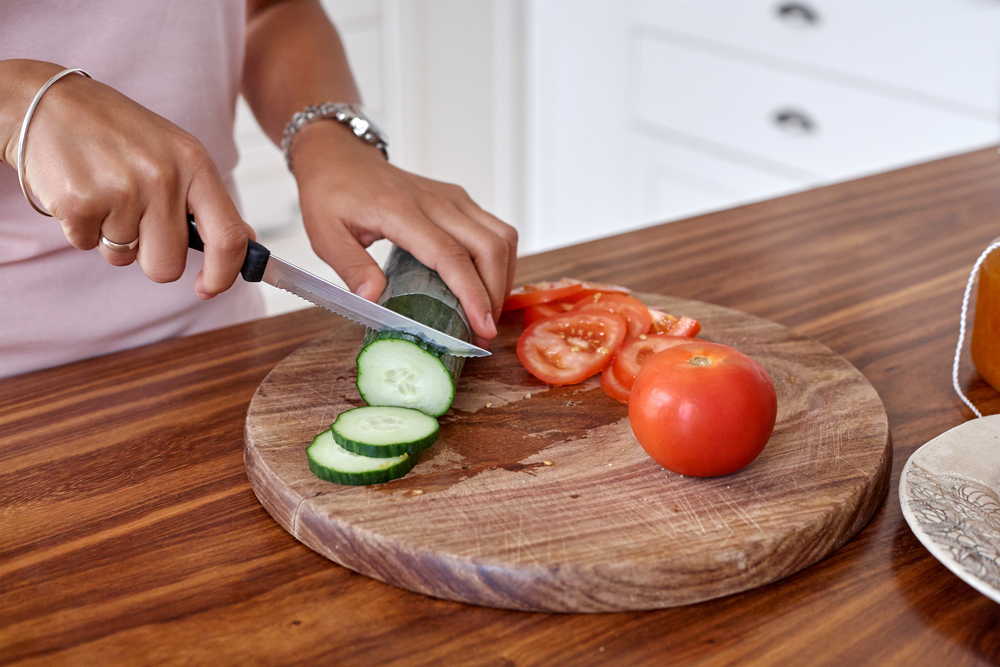








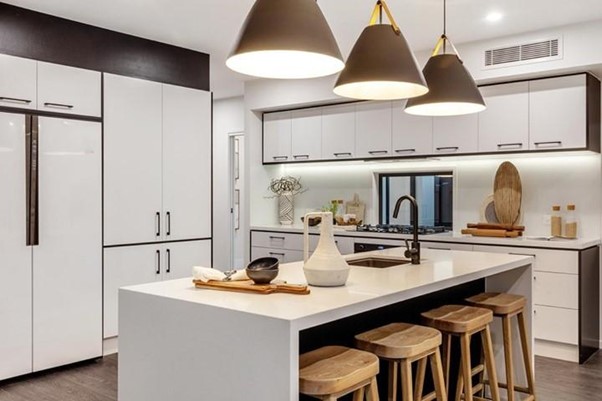









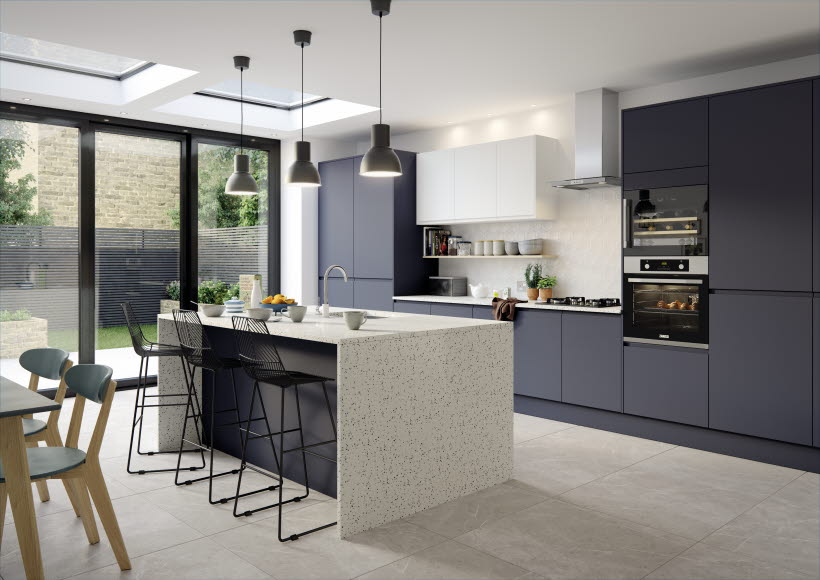



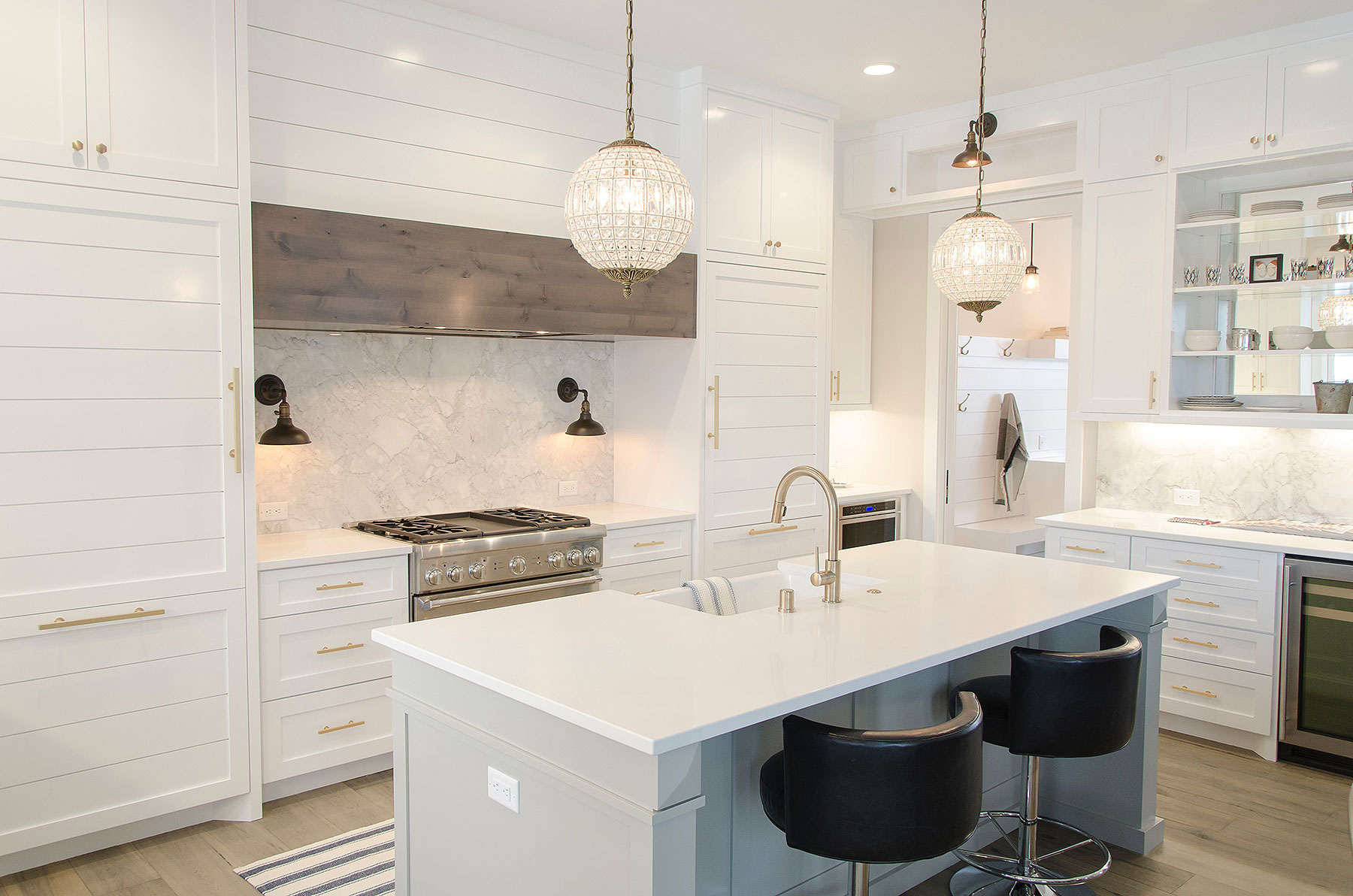

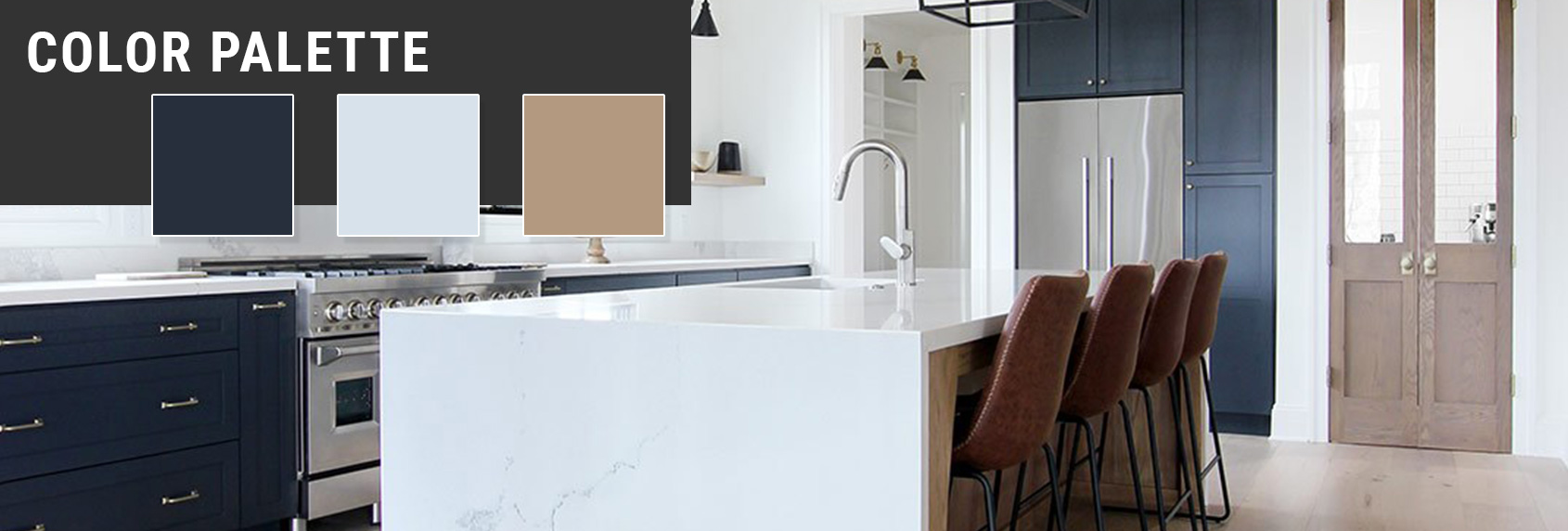





/GettyImages-625163534-5c4f1804c9e77c00014afbb5.jpg)
